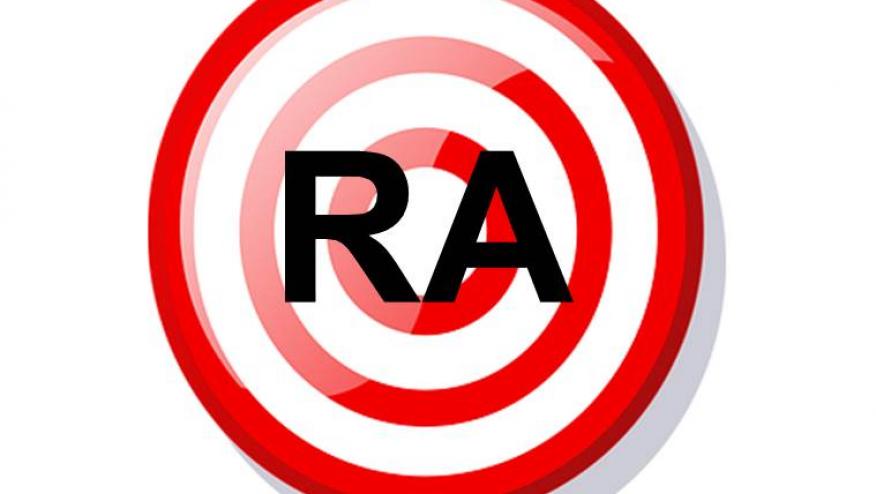We Measure What we do in RA, But so What? Save

We are supposed to treat to a target (T2T) in RA. In other words, measure many components of the disease and its activity and calculate a score and if the patient is not in remission (or a low state if remission is not achievable) we are to make a treatment change. At EULAR 2018 a study of 1776 patients from the VA database showed again the notion that if a patient is in high disease activity, treatment changes are made only half the time (FRI0018). My response to this is that the measures are not reflecting active RA (i.e. scores driven by non-inflammatory pain, tender joints from OA), or the patient refuses to accept more treatment or the most likely is that the score is not being calculated (i.e. for billing reimbursement, the components are collected but scores are not calculated during the visit) as the physician doesn’t think the disease is active (enough) to warrant a treatment change. However, even more strangely, 15% who were in remission had dose increasing or a new drug started and 21 to 25% in low disease activity had increases in treatment. I can say that the disease activity instruments used in the study (DAS28, CDAI and RAPID3) had a ‘dose response’ meaning that the frequency of treatment increases was lowest in remission, and highest in high disease activity and there will never be 100% concordance with outcome measures and treatment changes in clinical practice. It is too bad we don’t have the HbA1C (glycated Hbg) equivalent of RA – one easy test reflecting recent disease activity that we could target.








If you are a health practitioner, you may Login/Register to comment.
Due to the nature of these comment forums, only health practitioners are allowed to comment at this time.